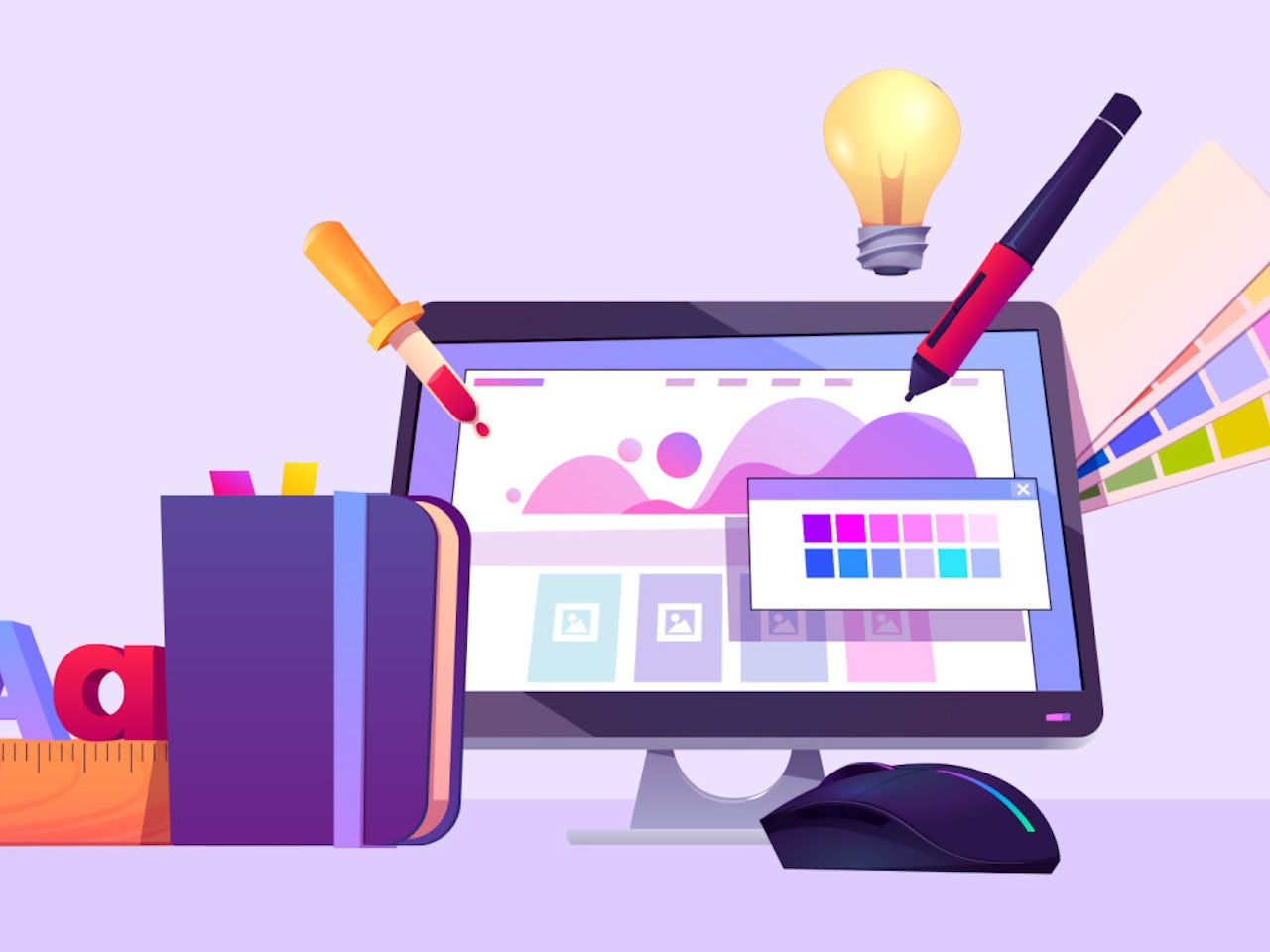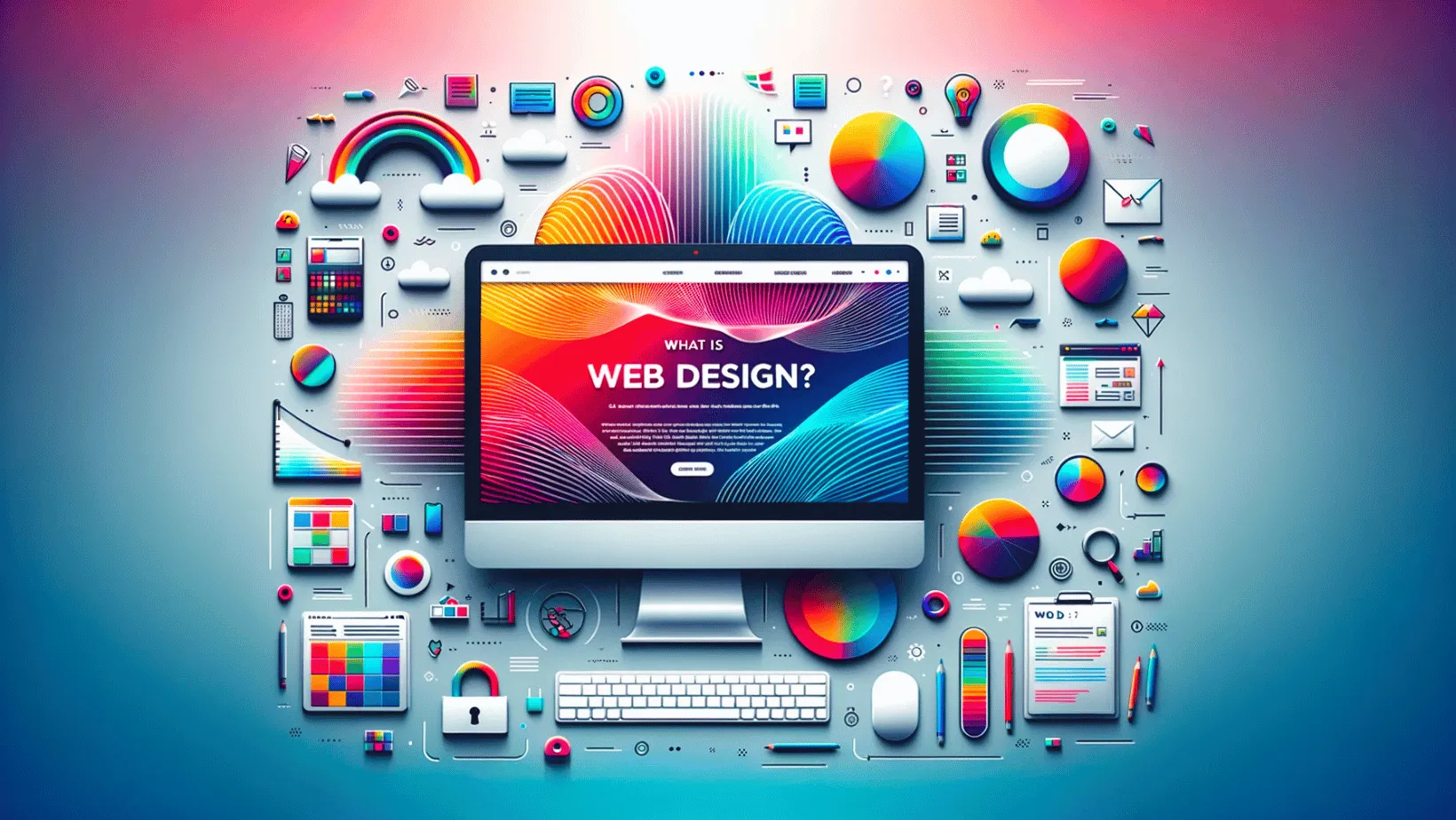Boost Customer Experience with Cutting-Edge Website Design Methods
Boost Customer Experience with Cutting-Edge Website Design Methods
Blog Article
Maximize User Experience With Innovative Website Layout Solutions
In today's electronic landscape, making the most of user experience via ingenious website layout solutions is important for services looking for to involve their target market successfully. The combination of interactive components can additionally elevate the customer trip, triggering a reevaluation of conventional design strategies.
Recognizing User-Centric Design

To execute user-centric style properly, it is necessary to perform complete research study, consisting of individual interviews, surveys, and functionality testing. These research methods give valuable information that notifies design decisions, making certain that the final item aligns with customer expectations. Additionally, creating individual identities can help developers empathize and visualize with the end-users, leading the layout process toward extra pertinent options.
Furthermore, iterative layout is a crucial component of user-centric methodologies. By continually testing and refining layouts based on user comments, designers can recognize discomfort points and locations of improvement, resulting in a more sleek end product. Inevitably, user-centric design is not simply a stage in the advancement process yet a continuous dedication to prioritizing user needs, leading to even more efficient and appealing electronic experiences.
Value of Responsive Layouts
As electronic communications significantly take place throughout a variety of tools, the relevance of receptive designs can not be overemphasized. A receptive format guarantees that a website adapts flawlessly to different screen sizes, from desktop screens to mobile phones. This adaptability is crucial in today's multi-device landscape, where users expect a engaging and regular experience despite exactly how they access web content.
The primary benefit of responsive layout is enhanced user satisfaction. When a web site is maximized for all tools, it decreases the requirement for zooming, scrolling, or straight navigating, which can lead and irritate customers to greater bounce prices. In addition, internet search engine like Google focus on mobile-friendly web sites in their ranking algorithms, making responsive layouts necessary for effective search engine optimization approaches.
Instead of managing different versions of a website for various tools, a solitary, fluid layout can be customized, conserving time and sources. Eventually, spending in responsive formats is not simply a trend; it is an essential principle of contemporary internet style that significantly improves customer experience and interaction.
Enhancing Navigation and Access
Efficient navigating and access are critical elements of a well-designed internet site, dramatically affecting customer interaction and contentment. An user-friendly navigating structure permits site visitors to locate info quickly and without effort, lowering frustration and enhancing the possibility of repeat brows through. Applying clear, detailed labels for navigating links, along with a sensible hierarchy, can guide customers flawlessly via the site.
Ease of access is similarly important, making sure that all users, despite their capacities or handicaps, can engage with the website successfully. This can be attained via making use of proper color contrasts, message dimensions, and alt text for photos, which together improve the experience for aesthetically damaged users. Furthermore, integrating keyboard navigating and display reader compatibility broadens access for customers with diverse requirements.
Normal usability testing can give useful understandings into navigating performance and ease of access concerns. By gathering feedback from genuine individuals, designers can recognize discomfort points and make enlightened adjustments. Inevitably, prioritizing navigating and availability not just fosters inclusivity but also cultivates a favorable customer experience, enhancing the brand name's dedication to high quality and user treatment in a progressively electronic landscape.
Using Visual Pecking Order Efficiently
Visual pecking order works as a guiding structure in web site layout, guiding users' interest to the most essential aspects on a web page. By strategically organizing visual elements such as spacing, typography, and shade, developers can create a clear pathway for users to comply with. This structure not just improves individual experience yet additionally boosts content comprehension.
One reliable way to establish aesthetic pecking order is with using size and scale. Larger aspects naturally bring in even more focus, making headings and essential visuals popular. Complementing this technique with contrasting colors can better set apart main content from Discover More Here second details, making more helpful hints sure that vital information stands out.
Furthermore, the arrangement of aspects plays a crucial function in leading individual interaction. Utilizing a grid format can create a cohesive circulation, while whitespace aids to different material and lower cognitive lots - Website Design. This intentional spacing permits users to process information a lot more quickly, leading to boosted engagement
Finally, using consistent design patterns assists enhance visual power structure, giving users with acquainted hints as they navigate the site. By focusing on these concepts, developers can efficiently maximize user experience, guaranteeing that visitors can effortlessly find the details they seek.
Integrating Interactive Aspects
The consolidation of interactive aspects right into website layout can dramatically enhance user interaction and general experience. Interactive functions such as tests, surveys, and sliders not only astound customers yet also promote active engagement, making the searching experience a lot more unforgettable. By urging customers to connect, sites can effectively maintain focus and reduce bounce rates.
Moreover, incorporating dynamic web content like computer animations and hover impacts adds an enticing layer of interactivity. These aspects can lead customers with ease with the site, highlighting crucial information and calls to action. Computer animated buttons can attract attention and improve click-through rates.
Moreover, personalization via interactive devices such as chatbots or referral engines allows sites to accommodate specific choices, fostering a sense of link. This customized method not just boosts individual complete satisfaction however additionally motivates repeat gos to.
Including analytics tools to track communications gives valuable understandings into user actions, enabling pop over to these guys continuous enhancement of the interactive elements. Eventually, a properly designed interactive experience changes a passive browsing session into an interesting trip, resulting in increased individual satisfaction and commitment. Therefore, integrating interactive elements is vital for taking full advantage of user experience in modern-day website design.
Final Thought

In today's digital landscape, taking full advantage of user experience through ingenious internet site style remedies is vital for companies looking for to engage their audience properly. Inevitably, focusing on navigation and access not just cultivates inclusivity yet additionally cultivates a positive user experience, reinforcing the brand's dedication to high quality and user treatment in an increasingly digital landscape.

In final thought, taking full advantage of user experience through ingenious web site design remedies demands a commitment to user-centric principles. Website Design.
Report this page